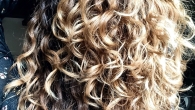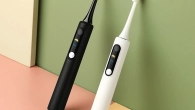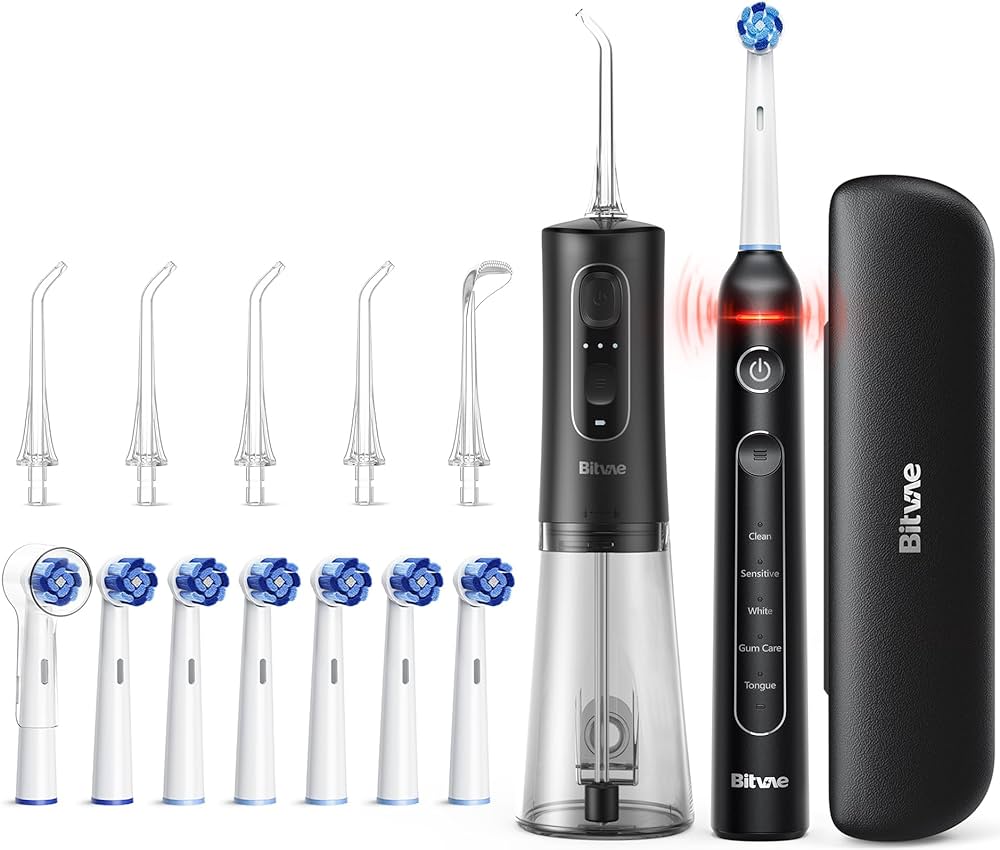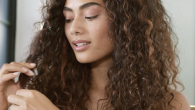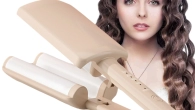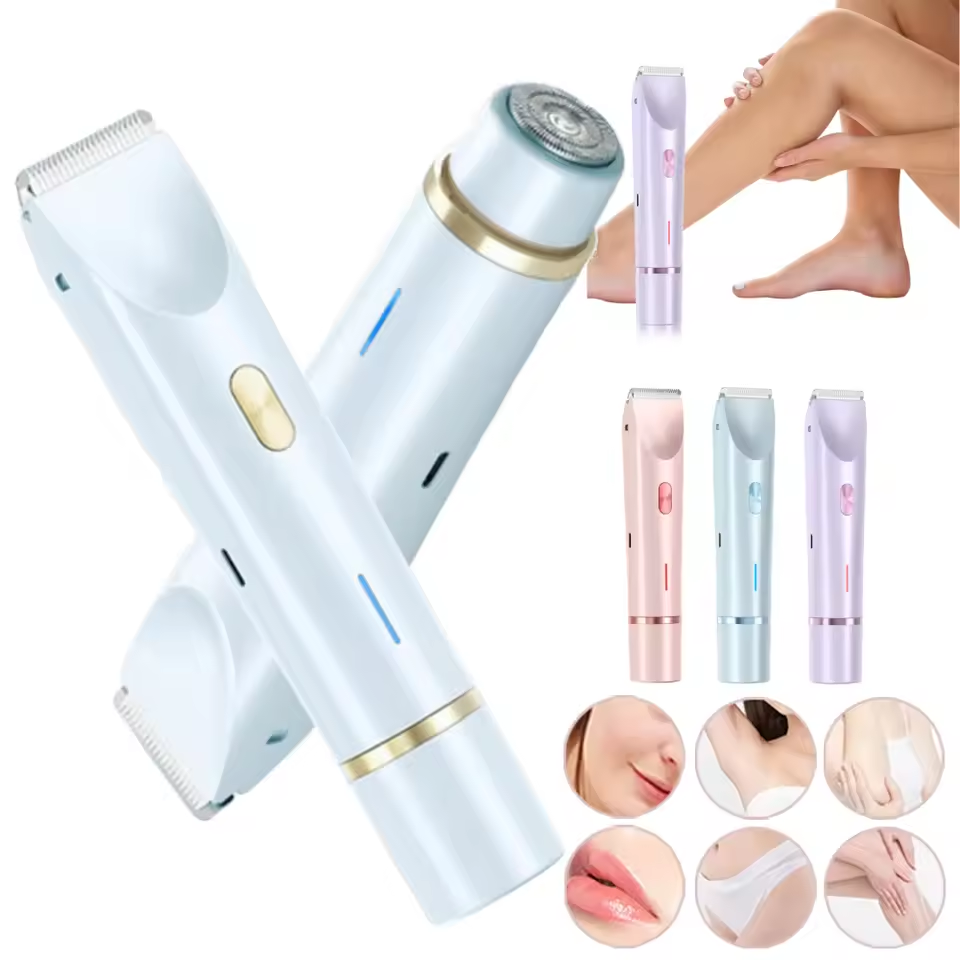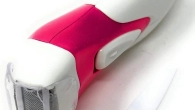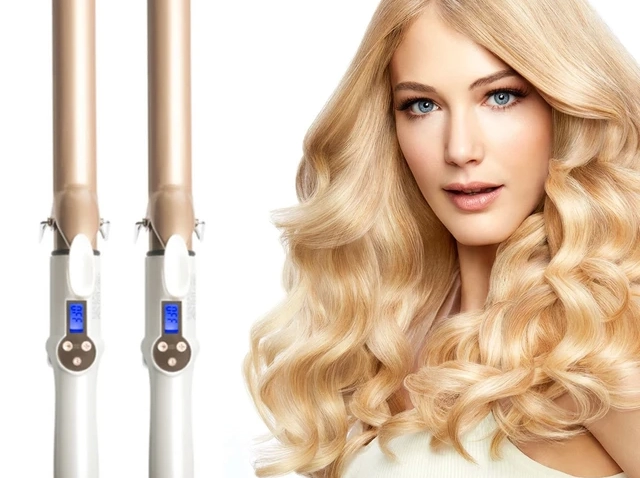
Why Doesn’t My Hair Hold Curl: The Challenges and Solutions
Introduction:
Curls can add volume, texture, and a playful touch to your hairstyle. However, many people experience frustration when their hair refuses to hold a curl, despite using various styling tools and techniques. Understanding why your hair doesn’t hold curl and identifying the best solutions can transform your styling routine and help you achieve long-lasting, beautiful curls. This comprehensive guide delves into the factors that affect curl retention, including hair type, products, techniques, and maintenance tips in 2024.
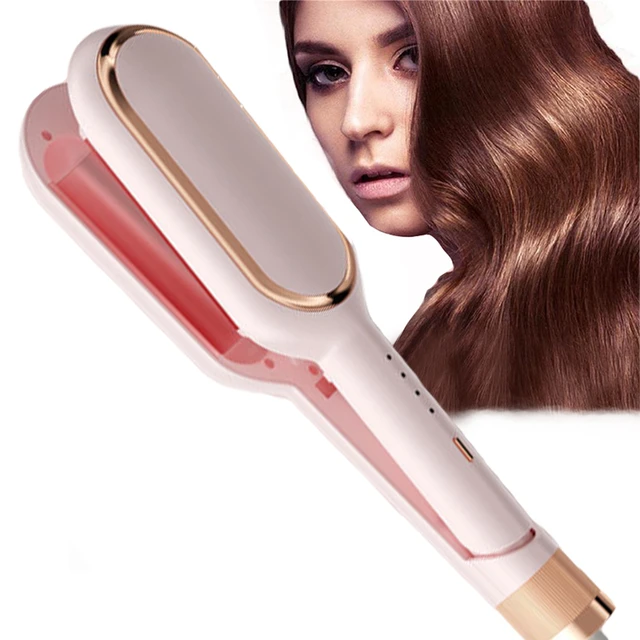
Why Doesn’t My Hair Hold Curl:
Understanding the Challenges and Finding Solutions
Hair Type:
How Does Your Hair’s Natural Texture Affect Curl Retention?
Your hair’s natural texture plays a fundamental role in determining how well it holds a curl.
Fine Hair:
Lack of Volume:
Fine hair often struggles to hold a curl due to its lack of volume and body. This hair type tends to be soft and slippery, making it difficult for the curls to maintain their shape. Fine hair also lacks the natural texture needed to “grip” a curl effectively, leading to curls that fall flat quickly.
Strategies for Fine Hair:
To help fine hair hold a curl, prep with volumizing products that add texture and grip. Mousse or texturizing sprays applied to damp hair before blow-drying can provide the necessary structure. Additionally, using a smaller barrel curling iron can create tighter curls that naturally loosen into the desired shape over time.
Thick Hair:
Weight and Manageability:
Thick hair has its own challenges when it comes to holding curls. The sheer weight of thick hair can pull curls down, causing them to lose shape faster. While thick hair can hold styles better than fine hair, the added weight requires extra effort to maintain curl definition.
Strategies for Thick Hair:
For thick hair, using lightweight styling products that offer strong hold without adding extra weight is key. Consider sectioning hair into smaller, manageable parts to ensure even distribution of styling products and heat. Hot rollers or large-barrel curling irons can also help create more defined curls that withstand the hair’s weight.
Straight Hair:
Natural Resistance:
Straight hair, especially if it is sleek and glossy, often resists holding curls due to its natural structure. The lack of texture means that curls can quickly revert to the hair’s original straight form, especially in humid conditions.
Strategies for Straight Hair:
To enhance curl retention in straight hair, use a heat protectant followed by a light-hold hairspray before curling. This pre-treatment helps set the foundation for longer-lasting curls. Additionally, clamp the curling iron on each section for a few extra seconds to ensure the heat effectively alters the hair’s structure. Allowing the curls to cool completely before touching them helps set the style.
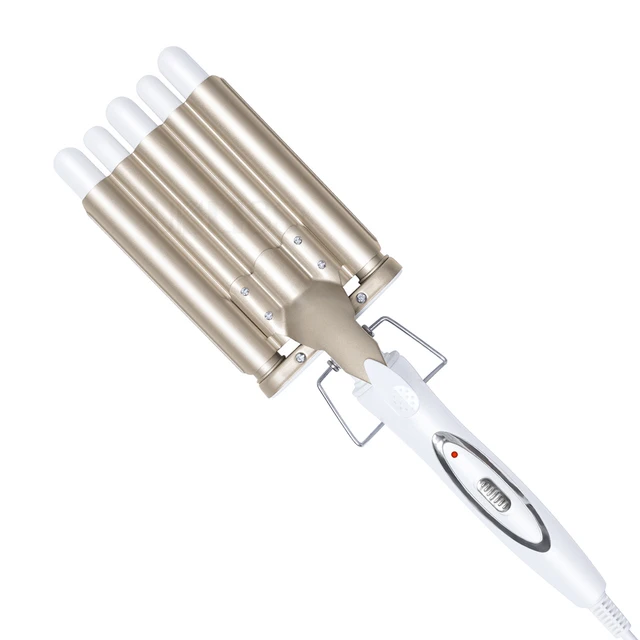 Curly Hair:
Curly Hair:
Pre-Existing Texture:
Curly hair generally holds curls well due to its natural texture and shape. However, the challenge often lies in achieving consistent, defined curls rather than frizz or uneven texture.
Strategies for Curly Hair:
Enhancing natural curls with defining creams and gels can help achieve a polished look. When using heat tools, ensure the hair is completely dry and pre-treated with a heat protectant to avoid damage and frizz. Diffusing curly hair rather than air drying can also help maintain curl definition and reduce frizz.
Hair Health:
How Does the Condition of Your Hair Influence Curl Retention?
Healthy hair is more likely to hold a curl effectively, while damaged hair can struggle to maintain any style.
Moisture Balance:
Hydration Levels:
Hair that is either too dry or too oily can have difficulty holding curls. Overly dry hair lacks the necessary moisture and pliability, and curls may appear brittle or fail to form properly. Conversely, oily hair can be too slippery, causing curls to loosen and fall out quickly.
Balancing Moisture:
Maintain a balanced moisture level by using hydrating shampoos and conditioners that cater to your hair type. Deep conditioning treatments can help infuse dry hair with moisture, while lightweight conditioners can prevent oily hair from becoming weighed down.
Heat Damage:
Compromised Structure:
Excessive heat styling can damage the hair cuticle, making it difficult for hair to hold a curl. Damaged hair tends to be weaker and less resilient, leading to curls that fail to form or hold their shape.
Repair and Protect:
To prevent and repair heat damage, use a heat protectant spray before any heat styling. Consider incorporating leave-in treatments and hair masks that help restore and fortify the hair cuticle. Reducing the frequency of heat styling and embracing heat-free methods can also promote healthier hair.
Chemical Treatments:
Altered Hair Structure:
Chemical treatments like coloring, perming, or relaxing can alter the hair’s natural structure, affecting its ability to hold a curl. These treatments can weaken the hair and make it more prone to breakage and loss of elasticity.
Aftercare for Treated Hair:
If your hair has undergone chemical treatments, use products specifically designed for treated hair to maintain its health. Avoid harsh shampoos and opt for sulfate-free, gentle formulas. Regular deep conditioning treatments and protein masks can help restore strength and elasticity.
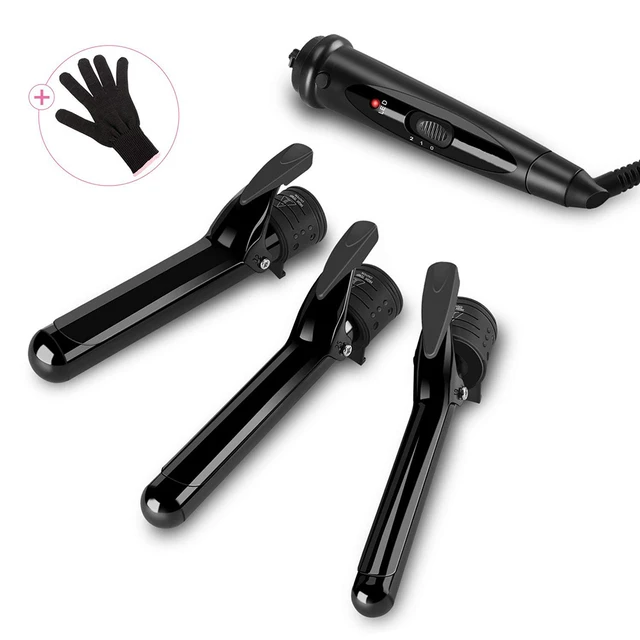 Correct Products:
Correct Products:
What Hair Products Are Essential for Holding Curls?
Using the right hair products can make a significant difference in how well your hair holds curls.
Pre-Styling Products:
Mousse and Texturizing Sprays:
Mousse adds volume and texture, making fine or straight hair more receptive to curls. Texturizing sprays help add grip and hold, essential for hair types that are naturally sleek or slippery.
Heat Protectants:
Before using any heat styling tools, apply a heat protectant spray to shield the hair from damage. Many heat protectants also contain ingredients that help hold styles, providing a dual benefit.
Curl Enhancers:
Curl Creams and Serums:
Curl-enhancing creams and serums can help define and shape curls, enhancing their overall appearance. These products are particularly useful for curly hair, helping to tame frizz and maintain curl definition.
Setting Products:
Hairsprays:
Light- to medium-hold hairsprays can provide the necessary hold without making hair sticky or stiff. Apply hairspray before and after curling to help lock in the shape.
Curling Gels:
Curling gels offer a stronger hold and are particularly effective for thick or resistant hair types. These gels can be used in conjunction with other styling products for optimal results.
Proper Techniques:
How Can You Improve Curl Retention with Better Techniques?
The way you curl your hair can greatly influence how long the curls last.
Preparing Hair:
Clean, Dry Hair:
Ensure your hair is clean and completely dry before curling. Freshly washed hair provides a clean canvas, while damp hair may not hold a curl effectively.
Sectioning:
Smaller Sections:
Divide your hair into smaller sections before curling. Smaller sections allow for more even heat distribution and ensure that each curl is well-defined. This technique also helps maintain the shape of curls for a longer period.
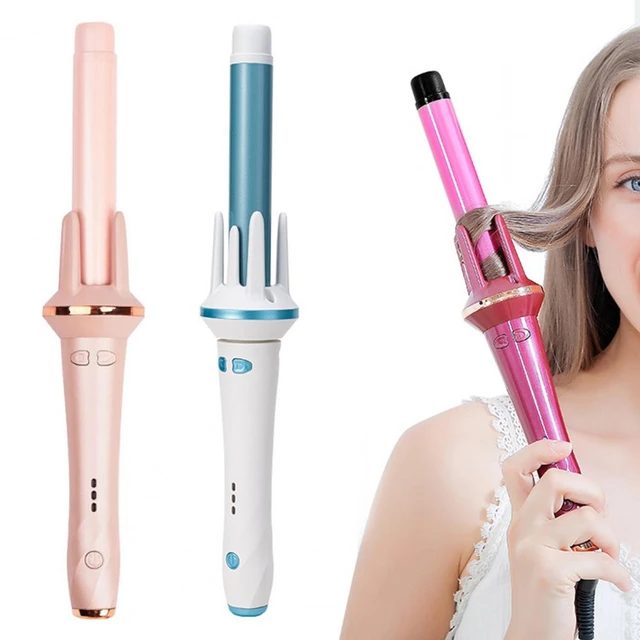 Using the Right Tools:
Using the Right Tools:
Quality Curling Irons:
Invest in a high-quality curling iron with adjustable heat settings. The right tool can make a substantial difference in the outcome and longevity of your curls. Ceramic and tourmaline curling irons are particularly effective at providing even heat and reducing damage.
Correct Barrel Size:
Opt for a barrel size that suits your desired curl type. Smaller barrels create tighter curls that loosen into waves over time, while larger barrels are excellent for achieving voluminous, loose curls.
Curling Method:
Proper Technique:
Wrap hair around the curling iron from root to tip, holding each section for 10-15 seconds. For a natural look, alternate the direction of curls. Allow each curl to cool completely before touching or styling to ensure it sets properly.
Heat-Free Methods:
Overnight Curls:
If you prefer to avoid heat styling, consider heat-free curling methods such as braiding damp hair before bed or using foam rollers. These techniques can create beautiful, long-lasting curls without the risk of heat damage.
Maintenance:
How Can You Extend the Life of Your Curls Throughout the Day?
Once you’ve achieved the perfect curl, maintaining it throughout the day is crucial.
Finishing Products:
Setting Sprays and Mist:
Lightly mist your hair with a setting spray after curling to lock in the style. Opt for a product that offers flexibility and movement rather than a stiff hold.
Avoiding Humidity:
Weather Considerations:
Humidity is a common culprit for ruining curls. If you’re expecting humid conditions, use an anti-humidity spray to protect your style. Additionally, consider wearing a hat or scarf to shield your hair from excessive moisture.
Touch-Up Techniques:
Preserving Curls:
Throughout the day, avoid excessive touching or brushing of your curls. If curls start to loosen, a quick touch-up with a curling iron on the affected sections can revive them.
Sleeping with Curls:
Overnight Maintenance:
To maintain curls overnight, loosely tie your hair into a high ponytail or bun and secure it with a scrunchie. This method, known as the “pineapple,” helps preserve curls and prevents them from becoming flat while you sleep.
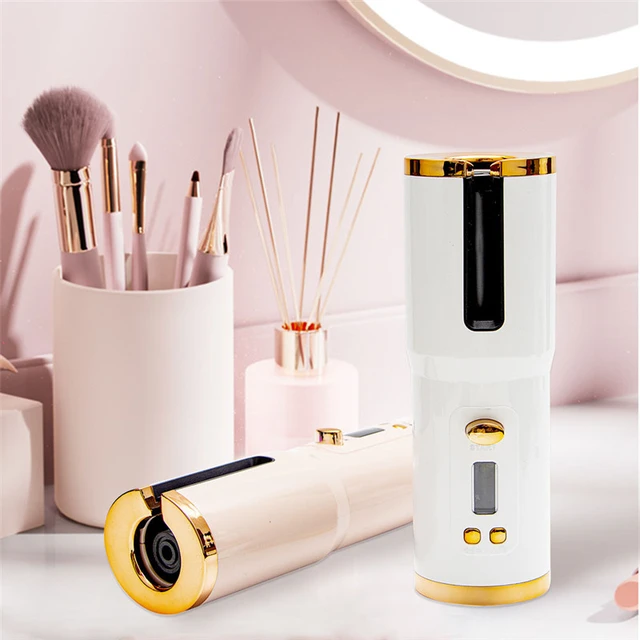 Long-Term Solutions:
Long-Term Solutions:
Are There Permanent Solutions to Help Hair Hold Curl?
For those seeking a more permanent solution to help hair hold curl, there are long-term options to consider.
Perms:
Permanent Curling:
A perm chemically alters the structure of the hair to create long-lasting curls. While this method provides a more permanent solution, it requires maintenance and proper care to keep the hair healthy and the curls defined.
Professional Treatments:
Keratin Treatments:
Keratin treatments can help add structure and strength to your hair, making it more receptive to curling. These treatments smooth and fortify the hair, offering longer-lasting styling results.
Texture-Enhancing Services:
Consult with a professional stylist about texture-enhancing services that can help your hair hold curls better. Professional guidance ensures the best results and minimizes the risk of damage.
Conclusion
Achieving long-lasting curls can be daunting if you find yourself asking, “Why won’t my hair hold curls?” or lamenting, “Why can’t my hair hold a curl?” The key to overcoming these challenges lies in understanding your hair type and maintaining optimal hair health. Use of appropriate products and mastering the right techniques tailored to whether you have fine, straight, thick, or curly hair, can significantly improve your hair’s natural curl retention. Tackling common hurdles, such as achieving the right moisture balance, providing ample heat protection, and employing proper styling approaches, is essential. “Why won’t my hair hold curl?” is a question of the past with the adoption of strategies that cater to the unique needs of your hair. With the guidance offered in this guide, you are well on your way to not only mastering the art of curl preservation but also enhancing your overall hairstyle and boosting your confidence. Your journey to beautiful, resilient curls that command attention and hold effortlessly throughout your day is now within reach.




